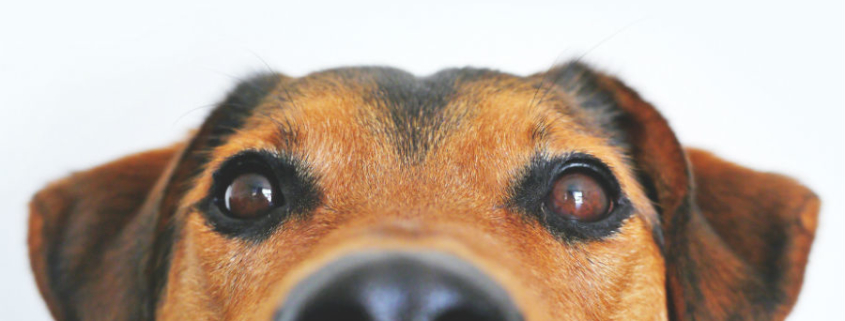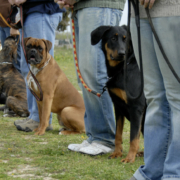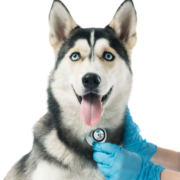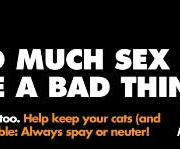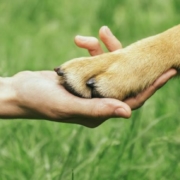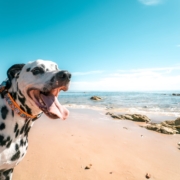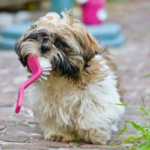Finding out your dog has a flea infestation is dreadful news. Your first thoughts are with your dog who is on the front lines dealing with them. These suckers bite and cause great discomfort. Tiny red bumps form that they can’t help but scratch. You never want to see your dog miserable.
But then it turns to yourself. Not only do fleas attack dogs, but they can attack humans too. They can infest your home and require expensive services and a ton of manual labor to get rid of. Such a tiny nuisance has now become a full-on disaster in your life.
Make Sure it is Fleas
A lot of people see their dog scratching themselves and immediately think “Oh no, he has fleas!”. But there are a lot of reasons your dog can act that way. Mites, which are different from fleas might be feasting on their skin. They may have an infection that causes areas of discomfort. Or an allergy to something in their diet.
To see if your dog has fleas, look for the actual fleas. They’re about the size of a grain of rice and do not have wings. They can jump and be difficult to find without some thorough investigating. Especially if you have a long haired breed. You can also look for their poop, which sort of looks like dirt.
If you still can’t figure out if its fleas, your best bet is to head to the vet for an inspection. They can spot these things with ease and get started on a treatment plan.
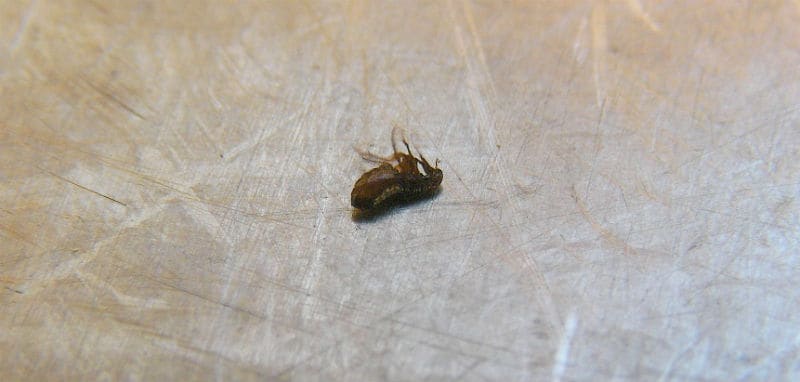
My Dog Has Fleas by JCHaywire under CC BY-SA 2.0
Move Fast
Once you’ve determined that your dog is dealing with fleas, you need to move fast. They’re a ticking time bomb waiting to cause more havoc. Not only do their numbers grow quickly, they can also cause life-threatening issues for your dog. Scratching too much can lead to areas of infection. And if your dog bites and licks at the infested areas, they can even get tapeworms. That’s a whole other mess you don’t want to deal with.
Lets talk Solutions
There are a number of options once you’ve decided to move forward. Fleas are usually best dealt with by taking a multi-prong approach. But that should be discussed with your vet first.
Topical Treatments
You’ve likely heard the names K9 Advantix or the many generic versions on the market. These are applied to your dog and usually kill not only the live fleas, but also their larvae and eggs within a few hours. This works by removing the fat layer on their skin making it impossible for the fleas to live on them.
While that seems easy enough, it’s important that you don’t wash your dog for a few days before and after treatment. Washing them before removes the essential oils that the medicine needs to get to that fat layer. Washing after poses the risk of simply washing off that expensive medication. So while you may have the urge to wash them thoroughly as soon as you find out the news, don’t.
Use Medication Like Comfortis
There’s a number of ingestible medications that not only help remove the flea problem, but prevent future outbreaks. Comfortis (spinosad) is one of the most popular these days and receives rave reviews online. It is prescription only and FDA approved.
Comfortis works real quick. Kills almost all the fleas within 4 hours.You do need to keep them on the treatment for 3 months after, but it works great. If you’re just trying to avoid the dreaded flea problem, it can be taken monthly as a prevention method.
Their pills are beef flavored which may help make it easier for your dog to consume. If you’ve ever had to bury a pill inside a piece of hot dog, you know how big of a pain it can be. There are some side effects you should discuss with your vet, but they mostly seem minor. For more information, samsparro reviews Comfortis in great detail and answers a lot of basic questions.
Shampoo Time
After about a week of other treatments, it is usually safe to give your dog a bath with a flea shampoo. This helps remove the dead fleas, their feces, and eggs. Basically ridding your dog of any remnants of this problem.
You do want to be careful with the shampoos. Some owners over-do it with the shampoo thinking more is better. But too much can dry out your dog’s skin and cause a slew of other problems for them. Just follow the directions, these have all been tested.
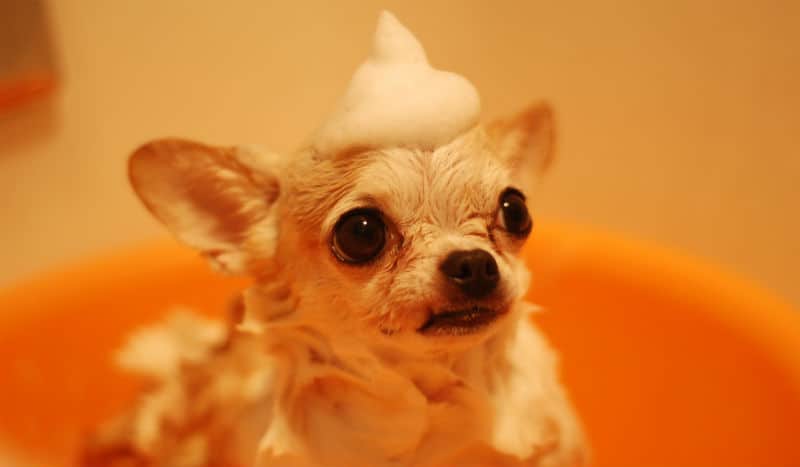
Get a Flea Collar
This is more of a prevention tip than anything. Buy your dog a collar that helps prevent fleas. Seresto is the most popular and can be found on sites like Amazon. Not only do they prevent fleas, but can help with ticks too. Perfect for an outdoor dog you take on hikes.
Cleaning the Home
Now that you’ve dealt with getting your dog flea free, you need to make sure your house is as well.
Vacuum Everything
Just start vacuuming up everything you can. Hit all the corners and crevices in the home. Make sure you clean out the furniture too and anywhere your dog has been.
Wash Everything
This is the best time to get a full house cleaning done. Toss your sheets, blankets, and dog beds in the wash. Rent a rug shampooer from the store. And wipe down all the parts of your home that you can. Hiring a cleaning service to help isn’t a bad idea too.
Call the Exterminator
If the flea problem got out of control, sometimes insecticides are the only way to truly deal with the problem. Now they sell bug bombs and the sort over-the-counter, but I never like seeing an amateur deal with that stuff. A professional is worth the expense. Inform them of the problem and let them lay down what is needed. Ask questions about when your dog can use the room again.
Good Yard Work Keeps Fleas at Bay
If your dog mainly stays indoors, a flea infestation may be a warning sign that your yard needs some work. Tall grass is a breeding ground for fleas, especially during the hot muggy summer months. Besides keeping the grass tidy, you can purchase insecticides that can be sprayed on the lawn with a hose to help the problem. Just make sure your dog stays off the lawn for some time after.
Fleas are the Worst
Dealing with fleas really sucks. But thankfully there are a lot of ways to eliminate them once a problem begins, and prevent them. Hopefully some of the tips above work well for you. But as always, make sure to speak to your vet if you have any concerns.

